The Bioplastics Market is characterized by a dynamic landscape where sustainability and innovation are at the forefront. This market has gained significant traction due to the increasing demand for environmentally friendly alternatives to conventional plastics.
Numerous companies are focused on harnessing renewable resources, creating biodegradable materials, and developing high-performance bioplastics solutions tailored to various industries such as packaging, automotive, consumer goods, and textile applications.
A myriad of players in this market continually invest in research and development to enhance product efficiency, expand application areas, and navigate regulatory requirements.
The competition is also fueled by the growing consumer awareness regarding plastic pollution and a global shift towards circular economy principles, prompting manufacturers to adopt sustainable practices and promote eco-friendly products.
Covestro has established a strong foothold in the Bioplastics Market, leveraging its extensive expertise in polymer development and innovation. The company is dedicated to producing high-quality bioplastics that adhere to sustainability principles while meeting the diverse needs of various industries.
With an emphasis on research and development, Covestro continually works to enhance the performance characteristics of its bioplastic products, ensuring they are both cost-effective and environmentally friendly.
The company maintains a significant market presence through strategic partnerships, collaborations, and investments in advanced manufacturing technologies. Covestro's commitment to sustainability extends beyond product offerings, as it actively engages in initiatives aimed at reducing carbon emissions and promoting sustainable sourcing practices throughout its supply chain.
NatureWorks is recognized as a key player in the Bioplastics Market, specializing in the production of Ingeo biopolymer, which is derived from renewable plants.
With a robust portfolio of products, including a range of bioplastics designed for multiple applications such as food packaging, disposable items, and durable goods, NatureWorks boasts a reputation for high-quality, sustainable solutions.
The company has strategically positioned itself within the market by focusing on innovation and sustainability, consistently enhancing its production processes to minimize environmental impact.
NatureWorks has engaged in various mergers and acquisitions to strengthen its supply chain, expand its market presence, and increase operational efficiencies.
Its strong emphasis on collaboration with industry stakeholders further amplifies NatureWorks' influence in promoting bioplastics as a viable alternative to traditional plastics in the global market landscape.
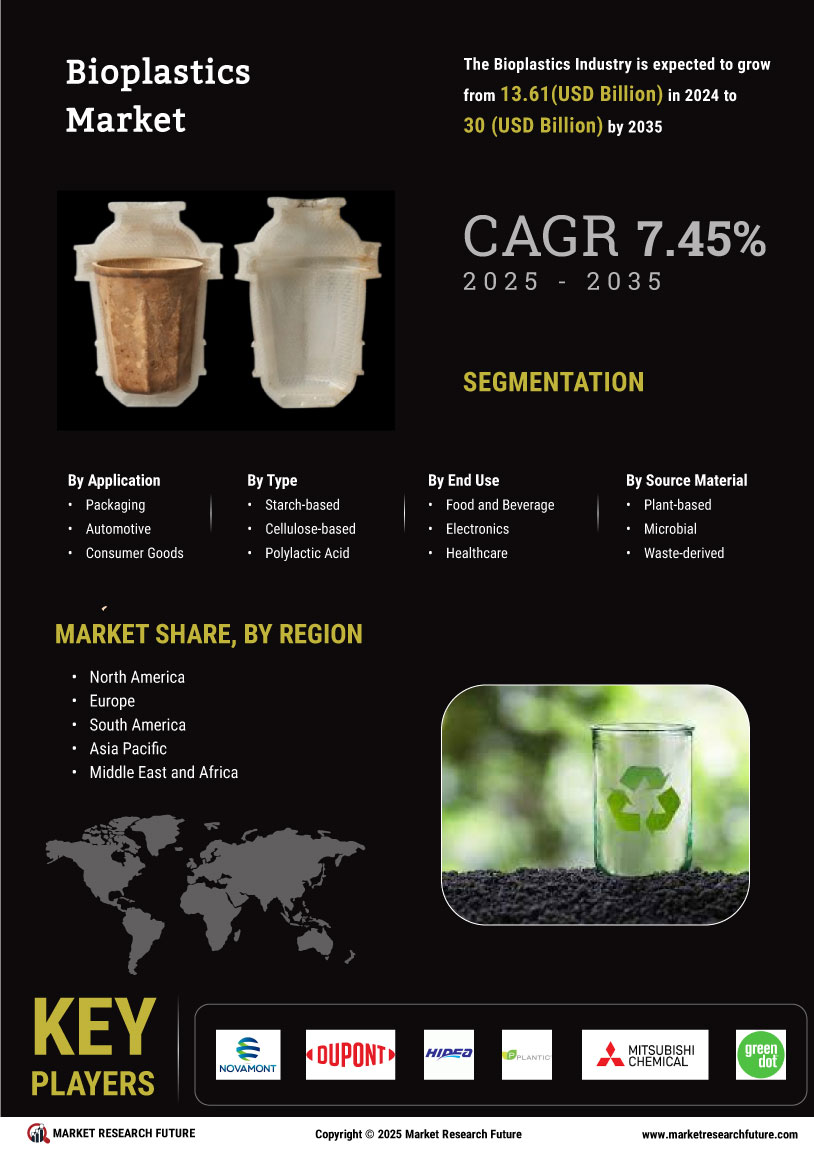

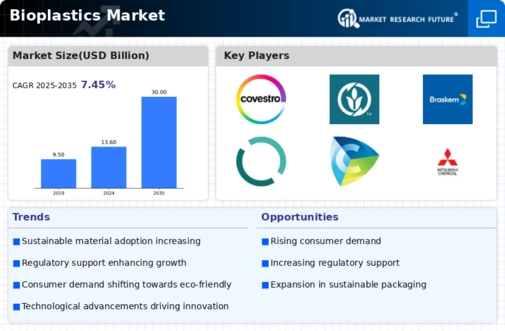
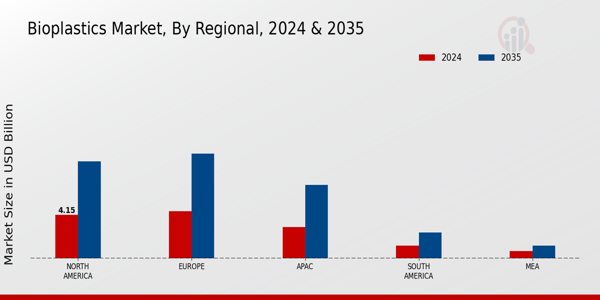

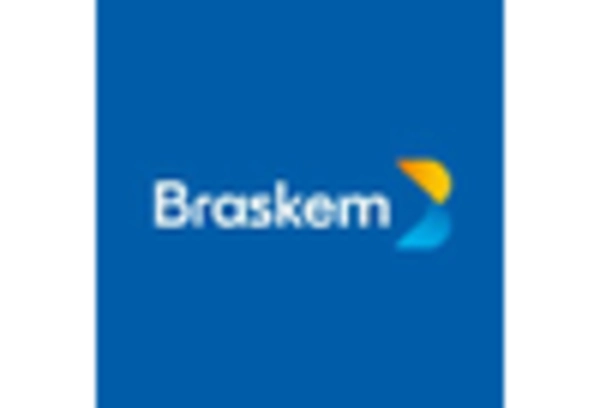
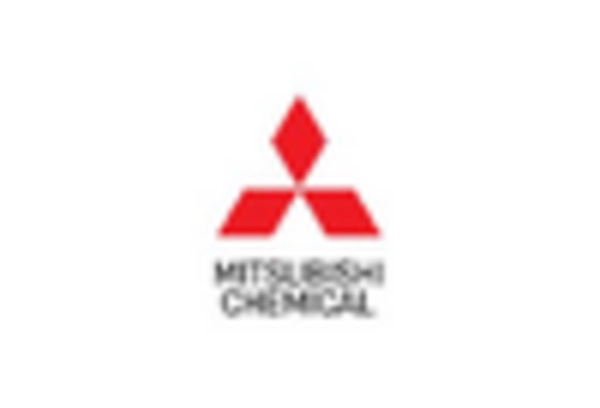
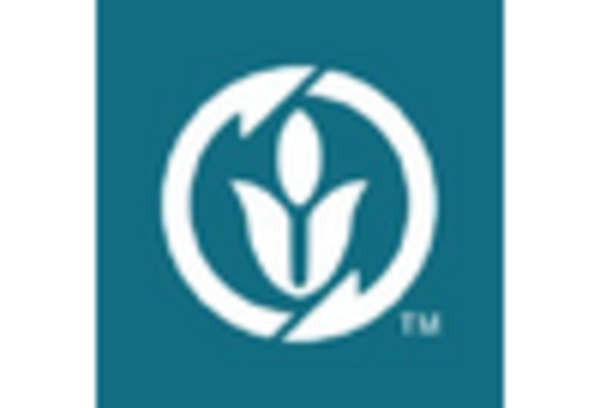

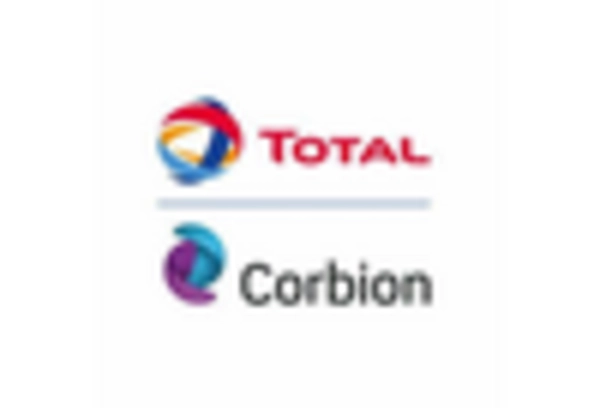








Leave a Comment